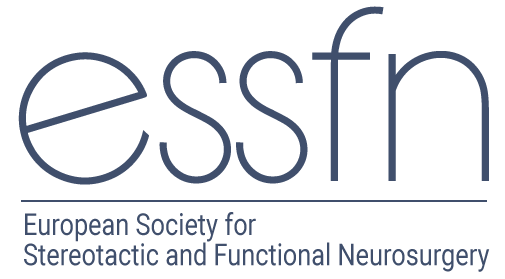Historical Perspective
Experimental neurology with pioneers named Broca, Denny-Brown, Förster, Fulton, Quinke and Sherrington laid the basis for clinical neurosurgery.
Experimental stereotactic neurosurgery with Horsley and Clarke started in 1908 and became an integrated subspecialty by 1947 with the first stereotactic operations on humans by Spiegel and Wycis.
The European Society for Stereotactic and Functional Neurosurgery was established in 1970 in Freiburg.
Its members utilize in addition to stereotaxis also non-stereotactic procedures within the field of functional neurosurgery.
Before the introduction of CT-scanning stereotactic neurosurgery was essentially functional with treatment of patients with pain, epilepsy, spasticity, movement disorders and psychiatric diseases by the stereotactic method of surgery.
Because of the burrhole technique with a stereotactic base ring as surgical platform, surgeons could be and were often only active in the stereotactic surgery.
The Society therefore at its start had a relatively isolated position in the general neurosurgical community.
The digital imaging techniques and the rapid development of computer software to construct 3-dimensional neuro-images brought the stereotactic method of aiming and targeting into the focus of general neurosurgeons.
Lesions inside the brain could by now not only be visualized but also measured and positioned in the surgical working space with very high accuracy (2mm error).
The stereotactic method became a methodology, a way of surgical thinking, that proved to be of invaluable help in brain surgery.
In the eighties subspecialists in stereotaxy disappeared slowly and general neurosurgeons embraced this methodology as they had already embraced decades earlier microsurgical techniques.
With the development of frame-less neuronavigation systems the ESSFN is at the brink of a new era, in which the position of the Society with respect to other neurosurgical Societies and Associations deserves further elucidation.
In this context the ESSFN formulates its position statement and code of ethics regarding members of the Society.
